How to Plan for a Season of Ultras

Ultra events are great fun but they do take a lot out of you physically and mentally so if you are hoping to do a few events over the next year it's worth planning them carefully.
So how do you plan for a season of ultras? Here are some of the key things I consider when planning the season for athletes:
- Start from where you are
- Think about where you want to be
- Be realistic about what you can do
- Choose one or two main events and use others as practice events
- Establish a good training routine
- Build fitness gradually
- Take enough rest
- Be flexible
1. Start from where you are
If you have read John's ebook 'How to be a Fitter, Faster Runner or Cyclist' you will recognise this first point. Whatever your goals and dreams are for the next year, the first thing to do when you are planning your training is to start from where you are today. Writing this down and discussing it with a knowledgeable person can help you be more objective.
When I start working with any athlete I first of all find out what fitness they are bringing to the table so that we can build from that rather than risk over-loading them too soon.
Where you are includes:
Training history long term and short-term.
Long term
If you have never done any training before you can safely say that you are starting with nothing and will need to build in a longer amount of base training to cover some of the basic fitness requirements.
If you have a strong training background but you are coming back after a long break you may need to remind yourself that you are not carrying the fitness you were and start cautiously; but you may find you can build a bit more quickly than someone with no background.
If you have had problems with over-training then where you are now and how you respond to training may be very different from your previous experiences.
Short term
If you have already built a decent base or continued to be active in your off season you will have lost less fitness than if you have had a complete break.
In addition, your last year of training can make a big difference to the following (e.g. if you managed to train consistently and make some decent gains last year you will find you can build on those, whereas if last year was interrupted with a lot of sickness and injury you may need to be more cautious).
Age
How old you are can affect your ability to support high training loads and the amount of recovery you need. You may find you cannot race as frequently as you could when you were younger as you need more recovery; you may also find it takes you longer to build fitness for the same reason.
The amount of time you have
The amount of time and energy you have to train is also key to planning your season; the less time you have the more time you will need between now and your goal to make the fitness gains you need to make.
The more commitments you have outside your training the less energy you bring to each training session and the more careful you need to be about getting adequate rest.
When planning your training it can be a good idea to identify how many hours per week you can realistically spend training (on average) so that you can think about what training you can do without burning out.
2. Where you want to be.
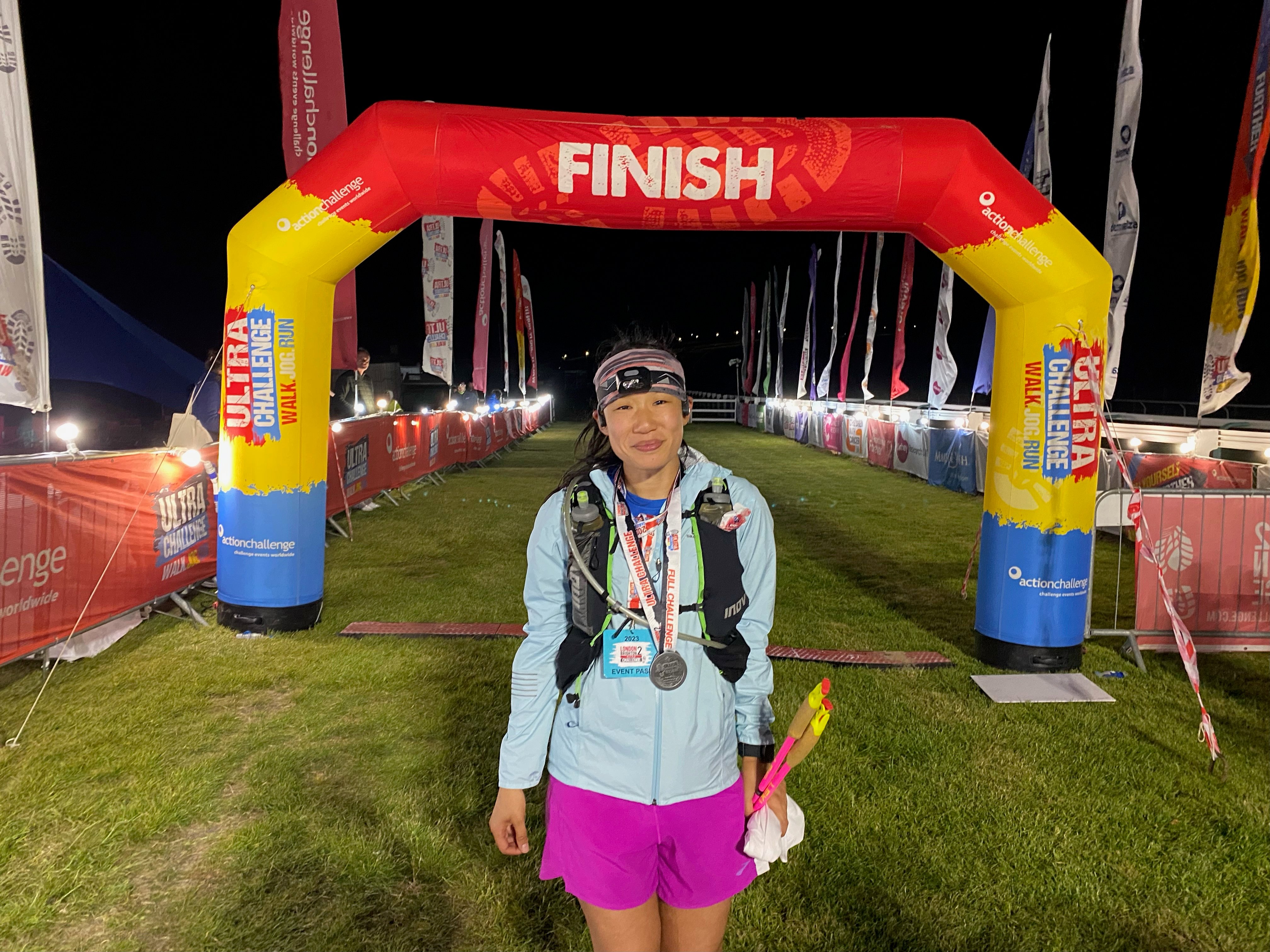 Once we have considered all the factors that make up where you are we are in a position to think about where you want to be (realistically). We can also have a good idea of how long it will take to get there. This is about having some clearly defined goals which include both the events you want to do and your goals for those events.
Once we have considered all the factors that make up where you are we are in a position to think about where you want to be (realistically). We can also have a good idea of how long it will take to get there. This is about having some clearly defined goals which include both the events you want to do and your goals for those events.
How long your events are and where in the season they occur will dictate how you plan your training up to and in between events. In general it's better to plan for shorter events earlier in the season and longer events later or last as the longer events take more time to recover from. This also complements a gradual build in endurance fitness throughout the season.
It is also possible to split the season into two halves so that you have one event (with a few practice events) followed by some down time before beginning training for your next event(s). This can work well if your long event is first in the calendar or if you are hoping to do two significantly long events (e.g. two running events of 70+ km (40+ miles) or two cycling events of 600+km (400+ miles))
What you want to achieve in your events is also going to dictate the way you train. If there are some events where you are hoping to improve performance, get a specific time or placing or even a podium that will require different training from an event that you are aiming to simply complete. You will want to be your fittest for the events you want to perform at your best, having a longer taper. You may also find it takes more time to recover from the events where you are really pushing yourself to the limit.
3. Be realistic about what you can do
There are so many great events out there it can be really easy to over-commit both in terms of time and your own physical capability. In my experience it's better to have a more cautious season planned and add events in if you find that you are able to recover better/more quickly than expected rather than having to cancel events because you have been too optimistic.
It can be useful to have some general parameters to work towards, which can vary from athlete to athlete and depending on your sport. My usual parameters are:
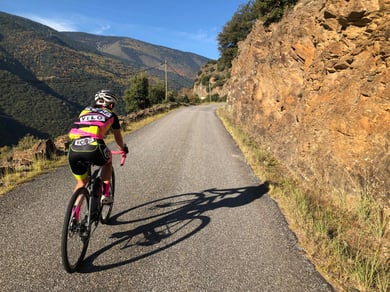 A minimum of 1 month between ultra events and a longer break after the main event of up to 3 months before the next event. You can do an event sooner but you will still then need to take the 3 months after the last event.
A minimum of 1 month between ultra events and a longer break after the main event of up to 3 months before the next event. You can do an event sooner but you will still then need to take the 3 months after the last event.
For this reason it can be a good idea to plan not just for the next season but one to four seasons ahead so you can think about what you would like to do and can do this year and how that might contribute to what you want to do in the following years.
4. Choose one or two main events
It's impossible to be on top form all the time so if you are doing a season of ultras you will only really be able to be at peak fitness for one or two. For very long events the recovery you need makes it impossible for you to do more. So out of the events you want to do, you will need to choose which one or two are the 'big one(s)' and accept that anything else you do is really about building up to or practising for the main events, so you may not perform your best. If you have things in your calendar which are not adding value to your main event it may be worth questioning whether or not to do them.
If you use the TrainingPeaks Annual Training Plan they have a useful way of allocating 'races' (for which you can read 'events' if you prefer) as A, B or C.
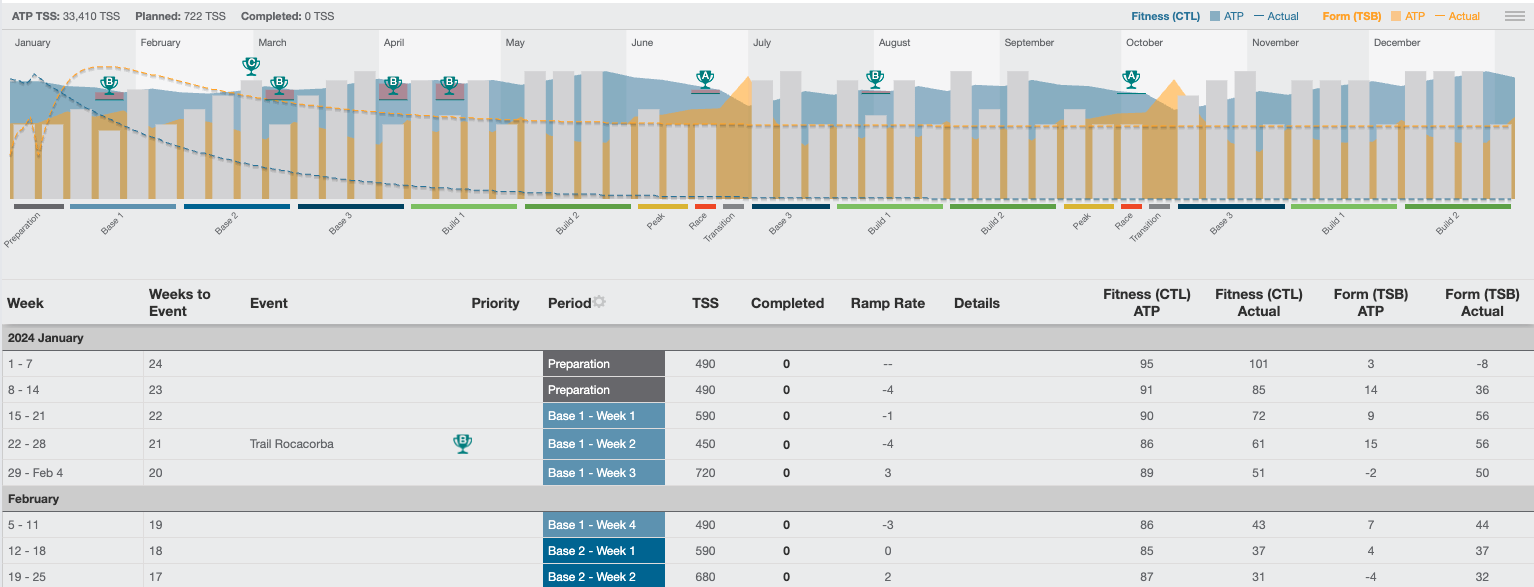
An A event is the one you want to be on top form for and perform your best; the main goal of the season. It will require a decent taper into the event and significant rest afterwards; you are hoping to push your limits with this one.
A B event is one that you still want to perform well for as it will be providing important information about how you are going to perform in your A event. So you would still want to taper for the event to attend it fresh, albeit not with all the training you will have for your A event.
A C event is the least important to you; the kind of event that you might do just to see how training is going in general, or even just for fun (a Christmas relay for example). You might choose to see this type of event more as 'hard training' so you can have an idea of how your fitness is improving.
This can be a useful way to think about the different events you want to do, although with ultras, it is often not practical to view any long ultra event as something you can do without some taper and recovery...they are simply too long for you to do without rest before and after. But you will get some fitness from doing them.
5. Plan enough rest
The mistake I often see with athletes is that they do not take enough rest between events and/or they forget to have those easy weeks after some hard training. You are far more likely to take the rest you need if you plan for it so make sure you include enough recovery after each event in your plan.
Whilst it is possible to do two ultra events relatively close together, you will need to take more rest after the second event as you will not have fully recovered after the first.
If you want to come into each event with the ability to perform on some level you will need to have sufficiently recovered from the previous event and had some time to train and taper before the next.
 Recovery needs can vary from person to person and event to event so be open to taking more time to recover from events than you initially anticipated. This is another good reason to be cautious about how many ultras you plan to do in any one season.
Recovery needs can vary from person to person and event to event so be open to taking more time to recover from events than you initially anticipated. This is another good reason to be cautious about how many ultras you plan to do in any one season.
It is also worth noting that recovery is often very different for runners and cyclists (there is a lot more musculo-skeletal damage from running) so if you are doing both cycling and running or coming from one discipline to another don't assume you will recover in the same way.
6. Establish a training routine
Once you have your Annual Plan of races in the calendar you can start thinking about day to day training.
The main way you are going to build fitness is by training frequently and consistently. How frequently will depend on your fitness and your time; I would aim as a minimum for 3 training sessions in your chosen sport per week including one long endurance session.
 It can take a few weeks to establish a good routine that works for you so be open to keeping changing things until you get a routine you are confident works for you in terms of time, recovery between sessions and the energy you bring to your key workouts. I often find it useful to write down my routin in a chart like the one above and then move things around until I get something that works.
It can take a few weeks to establish a good routine that works for you so be open to keeping changing things until you get a routine you are confident works for you in terms of time, recovery between sessions and the energy you bring to your key workouts. I often find it useful to write down my routin in a chart like the one above and then move things around until I get something that works.
Most athletes work well with a 7 day routine (to follow the days of the week) but if you are a shift worker you may find a 10 or 15 day routine works better. Coaches sometimes call this the micro-cycle, it rarely changes in terms of the training days but the length, nature and intensity of the sessions change as your plan progresses.
2 to 3 micro cycles will need to be followed by a recovery cycle - this is often the same routine but less intensity and volume (allow for about half, but take more if you need to). Some athletes like to have more rest days included in their recovery cycle, which can be shorter than the training cycle depending on how quickly you recover. You will need to include these recovery cycles in your plan as this will affect how long it will take you to reach your goal.
Once you have established a training routine that works for you you can then build specific sessions around that routine and plan your recovery to fall in the days before your practice events.
7. Build Fitness Gradually
When you plan your season it's important to leave enough time for you to build your fitness gradually from where you are to where you want to be. This includes giving yourself time to have practice events which build your endurance gradually with sufficient time to recover in between and do some training.
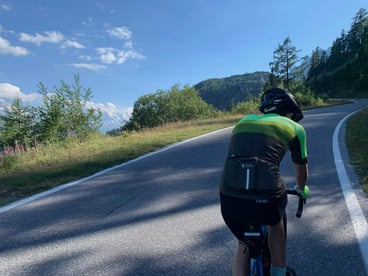 I usually plan for practice events one month to 6 weeks apart. with the last event being at least a month out from the first race/event. Doing this at the start will help you decide when to do your first main event; although you can of course treat the first few events of the season as practice events if you wish.
I usually plan for practice events one month to 6 weeks apart. with the last event being at least a month out from the first race/event. Doing this at the start will help you decide when to do your first main event; although you can of course treat the first few events of the season as practice events if you wish.
You will need to think about how long you can currently go and how long you need to be able to go for your events, then allow time to build up to the length of the event. With ultra events I find it's good to initially build up a base where you can comfortably handle a long training session of around 20 miles (32km) running and/or 60 miles (100km) riding; not necessarily every week but without needing a week to recover afterwards.
From here you can then use longer practice events to build endurance and/or back to back days once every four to six weeks. You can make bigger jumps in volume in practice events so long as you take enough recovery afterwards.
8. Have some flexibility built in to the plan
In my experience as a coach it is very rare that training plans are executed without any problems; at some point something will happen which will require you to rethink your original plan (illness, life, work, injury).
Whilst you can plan ahead for some things, some things are unexpected, so it's a good idea to have the option of some flexibility in the plan. For example, you might want an 'option b' for a practice event just in case something stops you doing the event as planned. It might also be that at some point it becomes clear that you are not going to be able to do all the events you originally planned so deciding which are the 'non-negotiable' events that you definitely want to do (ie that 'big one' or two) and which are the ones you can do without if necessary (or change to a DIY event on a different day/week) will help you prioritise when you need to.
It might also be that as training progresses you realise that you are going to achieve more or less than you had originally planned so some flexibility about your goals and expectations can help. I tend to leave specific race goals until a bit later after some training and practice events when we have more idea of what an athlete may be able to achieve. So we might start out saying 'I think I can do that 50km trail race in 7 hours' but in training it becomes obvious that this target is too easy and we are looking more at 6 hours 30 minutes with a stretch target of 6 hours).
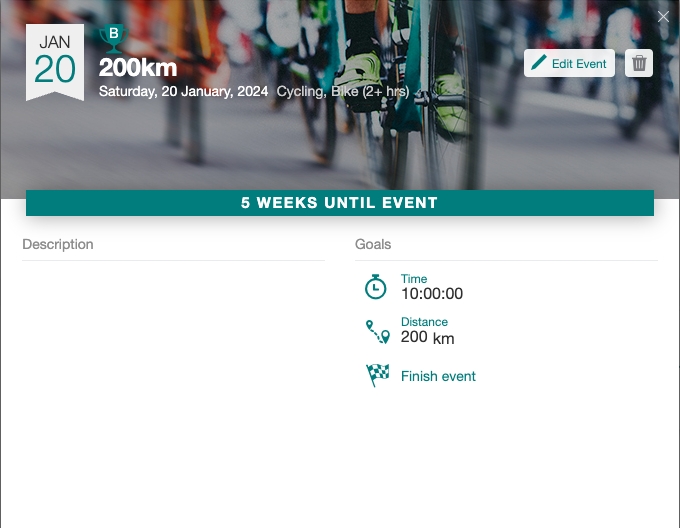
Equally if for some reason you have had to have a lot of time off; it may be that you are no longer going to be able to do your main event in the time that you would like, or that you need to change to a shorter event, pushing the goal of the longer event into next season.
Additional Questions
What if I get injured/ill?
With illness and injury the main thing to do is to rest and recover. Once you are fully recovered you may then need to adapt your plan to account for the loss of fitness and come back gradually. This might mean that you don't come into your event with quite the fitness you wanted, but we have to work with what your body can do given the circumstances.
What if my race is postponed/cancelled?
If it is a matter of a postponement of a week or two the best thing is to keep 'ticking over' with small bits of training but continuing with the taper until you do your event. If it's postponed for a matter of months to a year or cancelled completely then you could search for another event or do your own DIY event in its place so you get an idea of how you might have performed.
December 16, 2023


Comments